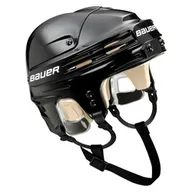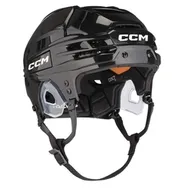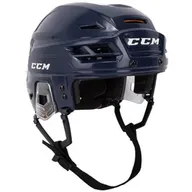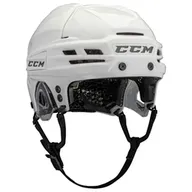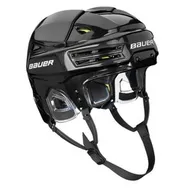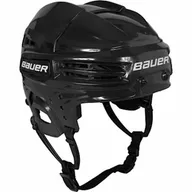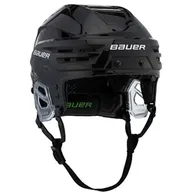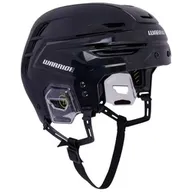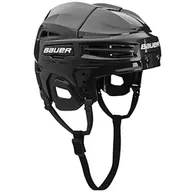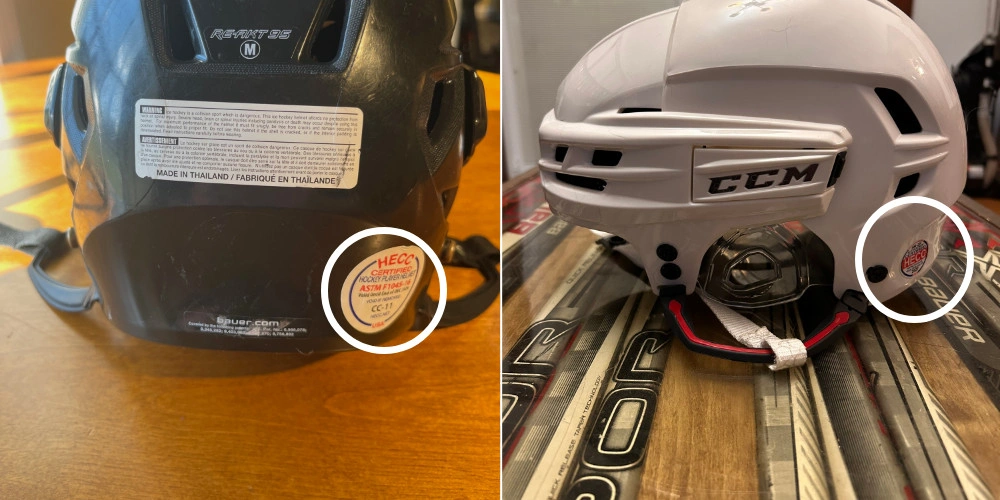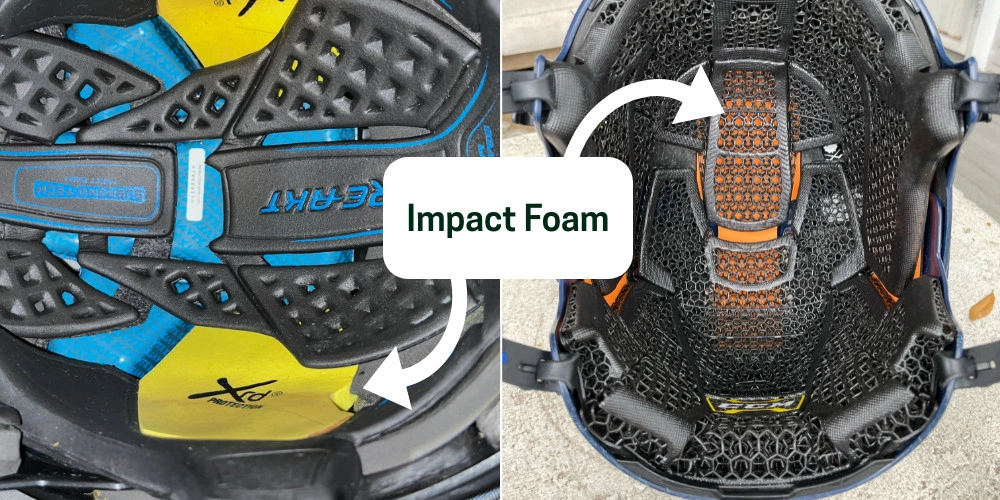Buying used gear is a sustainable way to score high-quality items at a fraction of the cost. Not only can you find great deals, but you might also stumble upon rare or discontinued gear that’s no longer available in stores. When buying a used hockey helmet, here's what to look for:
✔️ Check the helmet shell for cracks, dents, or scratches, especially in high-impact areas like the forehead and sides.
✔️ Ensure all padding is intact. Check for worn-down spots, holes, or compressed areas in the foam. Verify that internal padding hasn't been removed or excessively worn, especially around the forehead and sides.
✔️ All straps, including the chinstrap and side straps, should be secure and in good condition. Check for frays, tears, or excessive wear.
✔️ Check the helmet's expiration date, usually printed inside the shell or on a label. Ensure it’s not within the next year.
✔️ Check screws for rust or corrosion, especially those for the visor, ear guards, and chinstrap. Rust can weaken screws and cause failure.
✔️ Ear guards should be in good condition. Check for cracks, tears, or wear, and ensure they are securely attached to the helmet.
✔️ If a helmet lacks a cage, verify it has a J hook to secure a face shield or visor. This keeps the shield in place.































